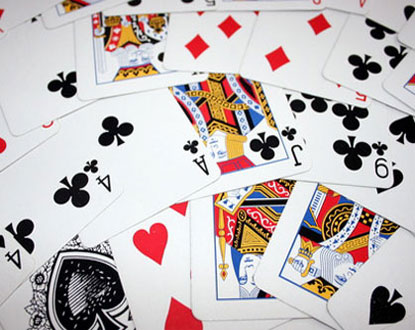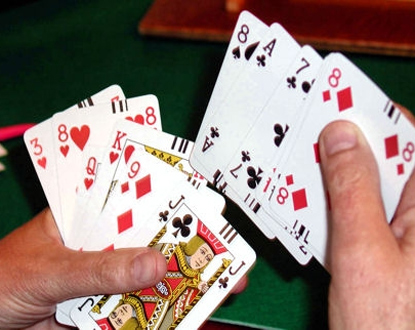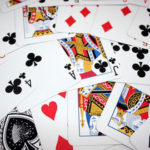Playing bridge helps develop one’s sense of analysis and strategy, as well as one’s ability to synthesize. It also aids social development because it is the only mental sport played with a partner.

They take the form of bridge sections offered to students just like artistic or sports activities, which supports the new school rhythm reform.
The operation: “Play Well! ” will continue until October 18. True beginners or occasional bridge players, everyone will find a formula suited to their profile among the various activities offered.
Clubs open up, welcome, join association forums, set up temporary clubs in public spaces, starting with free initiation sessions to learn the game mechanics in a few minutes. Trial classes in clubs will help deepen the discovery phase. Free discovery tournaments “play together,” with prizes, are organized in participating clubs.
From awakening activities for the youngest—the bridge has been present in schools, middle schools, and high schools for over 20 years— to maintaining intellectual faculties for seniors, it helps adults relieve stress, all in a friendly atmosphere.
A bit of history…
What is the origin of the name? Several hypotheses have been proposed. The most plausible one seems to be this: the two variants of Whist, Greek and Russian, practiced in French and English circles, merged to become britch (biritch). The anglicized term became bridge at the end of the 19th century.
14th CENTURY: Playing cards seem to have been introduced from the Middle East into Italy by Venetian and Lombard merchants or into Spain by Arab invaders.
15th – 16th CENTURY: Born with tarot, the principle of the trump was adapted to ordinary cards and named triumphant. The “French triumph” spread to Spain, Germany, and England.
1742: Edmond Hoyle published a short treatise on the game of Whist “Short Treatise” which is actually the first code of regulation for the game and its ethics. The phrase “according to Hoyle” has become synonymous with exemplary behavior.
1880: The appearance of bridge in France then in England.
1892: Birth in England of the so-called “modern” bridge. It was out of boredom that Whist players developed an auction system to make the game more attractive and always try to achieve the best contract.
1893: First bridge competition.
1918: The contract bridge appears in France.
1932: Creation of the International Bridge League (IBL).
1933: Creation of the French Bridge Federation (FFB).
1934: Appearance of the first international code that defines the laws of the game.
1937: First world championship.
1947: The IBL is replaced by the European Bridge League (EBL).
1958: Creation of the World Bridge Federation (WBF) which today groups 125 national federations. The number of players worldwide is estimated to be nearly 70 million.



